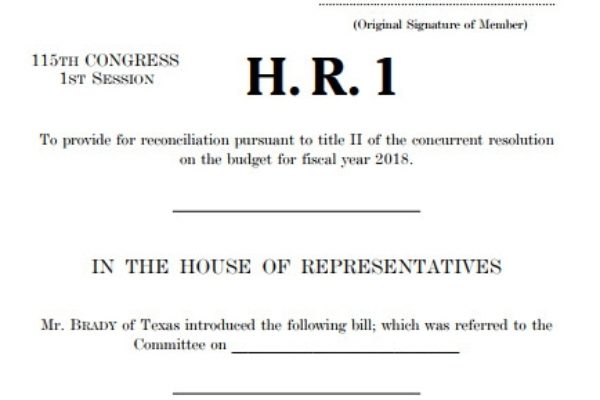Few occurrences in life are as stressful as divorce. Compounding the anxiety of the dissolution of a marriage can be the oftentimes contentious negotiation involving alimony. Who pays whom? Who pays what?
Until recently, one point that was not up for debate was the relationship between alimony payments and tax laws. Currently, alimony is tax-deductible for the paying spouse and taxable to the recipient spouse. However, just as all marriages are not guaranteed to last forever, the same may apply to the current law governing alimony and taxes.
The Trump Administration’s massive federal tax-reform legislation, known as the Tax Cuts and Jobs Act, was made public on Nov. 2, 2017. The $1.5 trillion plan would eliminate a host of current tax deductions, including student loan interest, moving expenses, medical expenses and tax prep expenses – and it would dramatically change current alimony law. If the new tax plan is passed by Congress and signed into law by President Trump, the tax assessment would essentially reverse.
The new law would free the ex-spouse who receives alimony from paying federal tax on that income, while the ex-spouse paying alimony would not be permitted to deduct that payment as an expense on his/her federal tax return. This proposed change has some legal analysts predicting it would cause a tectonic shift on how divorce proceedings play out. I don’t necessarily share that view as it relates to all cases in which alimony is a factor.
The proposed tax plan may be a game changer, but I don’t think it’s Armageddon. Even with a change in the law, parties still can negotiate the tax-affected number. Simply stated, the tax effect of the formerly deductible alimony is always subject to negotiation, although varying marginal tax rates of the parties will play into such negotiations. The larger implication likely will be in matters where temporary alimony, i.e. spousal support and alimony pendente lite, are in effect prior to the finalization of a divorce, as temporary alimony figures are calculated by a formula that already considers the deductibility of such payments by the payor. This is something the Pennsylvania legislature may need to address in an expedited fashion.
According to the legislation, the proposed change to how alimony is taxed could allow the government to collect billions of dollars in revenue over the next 10 years, since the payor generally has a higher marginal tax rate than the recipient.
Deductibility by the payor historically has made alimony slightly more palatable. Without that deduction, there is an assumption by some in the legal community that future divorce proceedings may be adversely affected, thereby creating gridlock and increasing legal costs to both parties.
Although such predictions may be accurate, just as with any other legislation, once the new law goes into effect, lawyers and litigants will adjust over time. It will take many months before the full implications of such a change in tax law become clear.
If you have questions about how the proposed federal tax plan affects your divorce or alimony situation, the Bucks County divorce lawyers at Williams Family Law, P.C. can help. Call us at 215-340-2207 today.





